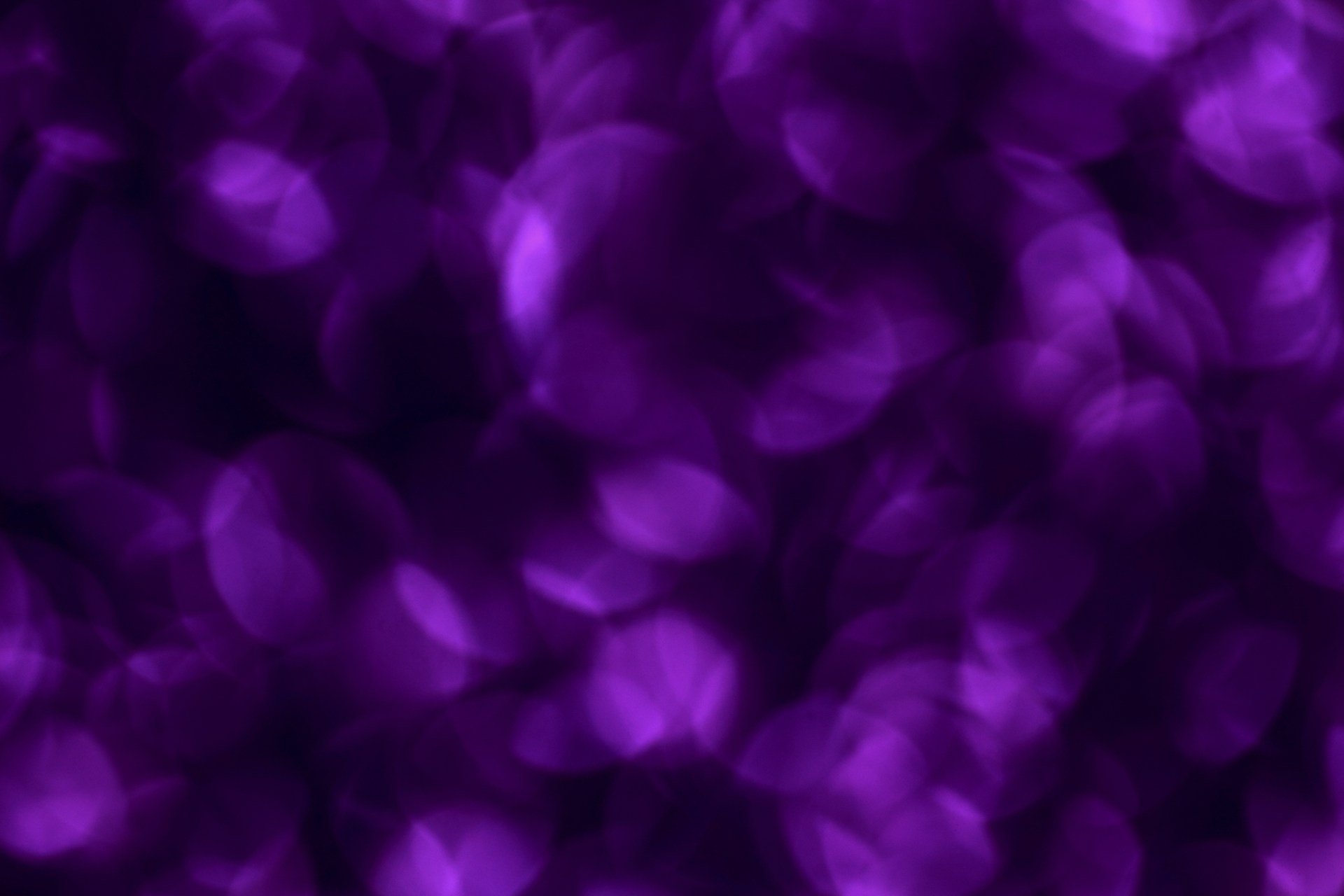The Remarkable Life Cycle of a Queen Bee – Why It Matters for Every Hive
Queen bees are the heart of every beehive. Without a healthy, productive queen, the colony cannot survive — let alone thrive. Understanding the queen bee’s life cycle is not just fascinating, it’s essential for beekeepers and nature lovers alike who want to support healthy bee populations.
At Black Mountain Honey, we specialise in producing the calmest, highest-quality mated queen bees for sale in the UK. Let’s explore the incredible journey of the queen bee — and why it should matter to you.
🐝 The Birth of a Queen: From Egg to Larva
Every queen bee starts life as a fertilised egg laid by an existing queen. Unlike regular eggs destined to become worker bees, these are laid in specialised queen cells — larger, elongated chambers located along the comb edges.
After three days, the egg hatches into a larva. Here’s where the queen’s destiny is decided. Worker bees feed the larva exclusively on royal jelly, a nutrient-rich secretion packed with proteins and hormones. This special diet triggers the development of a fertile queen instead of a sterile worker.
🐛 Rapid Growth: Larva to Pupa
The queen larva grows fast — within five days, it fills its queen cell. At this point, it spins a cocoon and transitions into the pupal stage, beginning a complete metamorphosis. Over the next seven days, she develops wings, legs, eyes, and her signature elongated abdomen.
After about 16 days total, a new queen emerges — sleek, strong, and ready to lead.
🕊️ The Mating Flight
Shortly after emerging, the virgin queen takes to the skies for her mating flight. During this critical event, she mates with multiple drones, storing their sperm in her spermatheca — a biological reservoir that will last her entire lifetime.
Genetic diversity from this flight is vital for the health and resilience of the colony.
🐣 Laying the Future of the Hive
Once mated, the queen returns to the hive and begins laying up to 2,000 eggs per day. Fertilised eggs become female workers (or queens if fed royal jelly); unfertilised eggs develop into male drones.
Her ability to lay eggs consistently is what keeps the colony going. That’s why beekeepers monitor queen performance closely and replace underperforming queens when needed.
Need a new queen for your hive? Check out our Buckfast mated queens — selectively bred for calm temperament and strong performance.
🔄 Supersedure: A Natural Transition
As queens age, their productivity declines. When this happens, the colony may perform supersedure — raising a new queen to replace the old one. This ensures the hive remains strong and productive without disruption.
Understanding this process allows beekeepers to time queen introductions strategically and maintain optimal hive health.
🌼 Why the Queen Bee Matters
The queen bee isn’t just a symbol — she’s a biological powerhouse responsible for:
-
Colony reproduction
-
Genetic strength
-
Hive temperament
-
Long-term colony success
That’s why buying queens from experienced breeders like Black Mountain Honey is so important. We’ve sold over 100,000 mated queens and helped thousands of UK beekeepers build successful hives.
🛒 Ready to Support Your Hive?
If you’re starting out or replacing an old queen, consider investing in a strong, calm, and reliable queen bee from Black Mountain Honey.
You’ll be directly supporting:
-
Bee population health
-
UK pollination
-
Biodiversity and food security
Explore our full range of queens and nucs for sale and see how we can help you build a better beekeeping future.
🧠 Final Thoughts
The life cycle of a queen bee is a story of transformation, resilience, and responsibility. From egg to ruler of the hive, every stage is finely tuned to ensure the survival of the colony.
By understanding and supporting this process — and by choosing quality queens — you play a role in protecting pollinators, promoting biodiversity, and growing stronger, healthier hives.
——————-
Discover more on buy queen bee contact us anytime:
Black Mountain Honey
https://www.blackmountainhoney.co.uk/
01352372247
Hendre Foilen, FFORDD Y PENTRE, Nercwys, Mold, CH7 4EL














